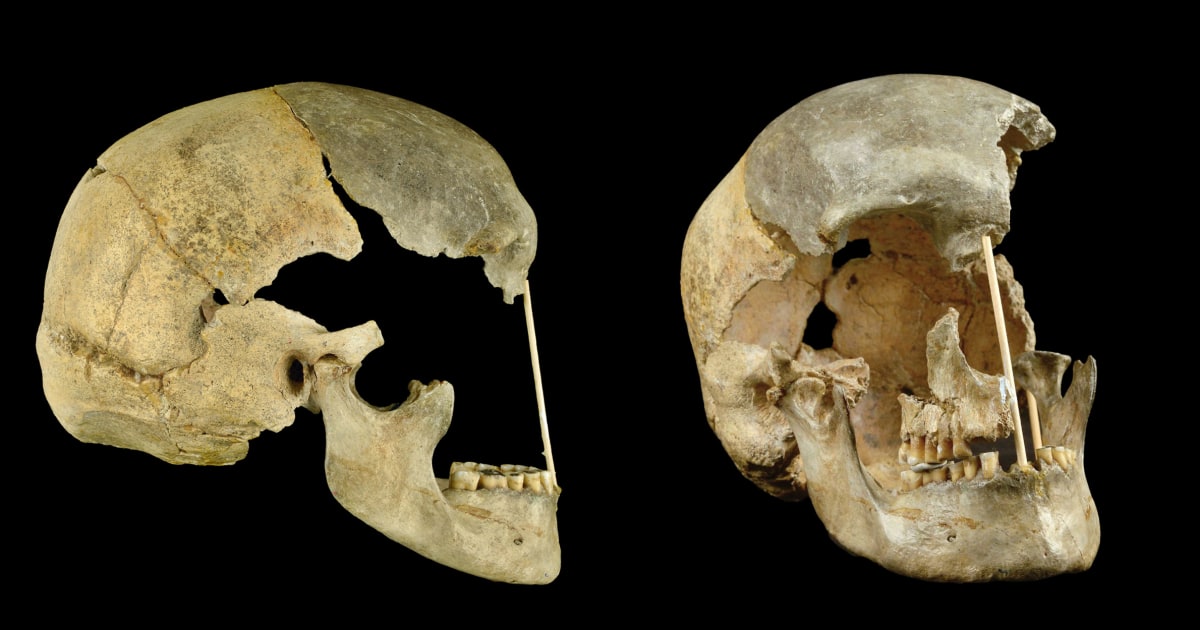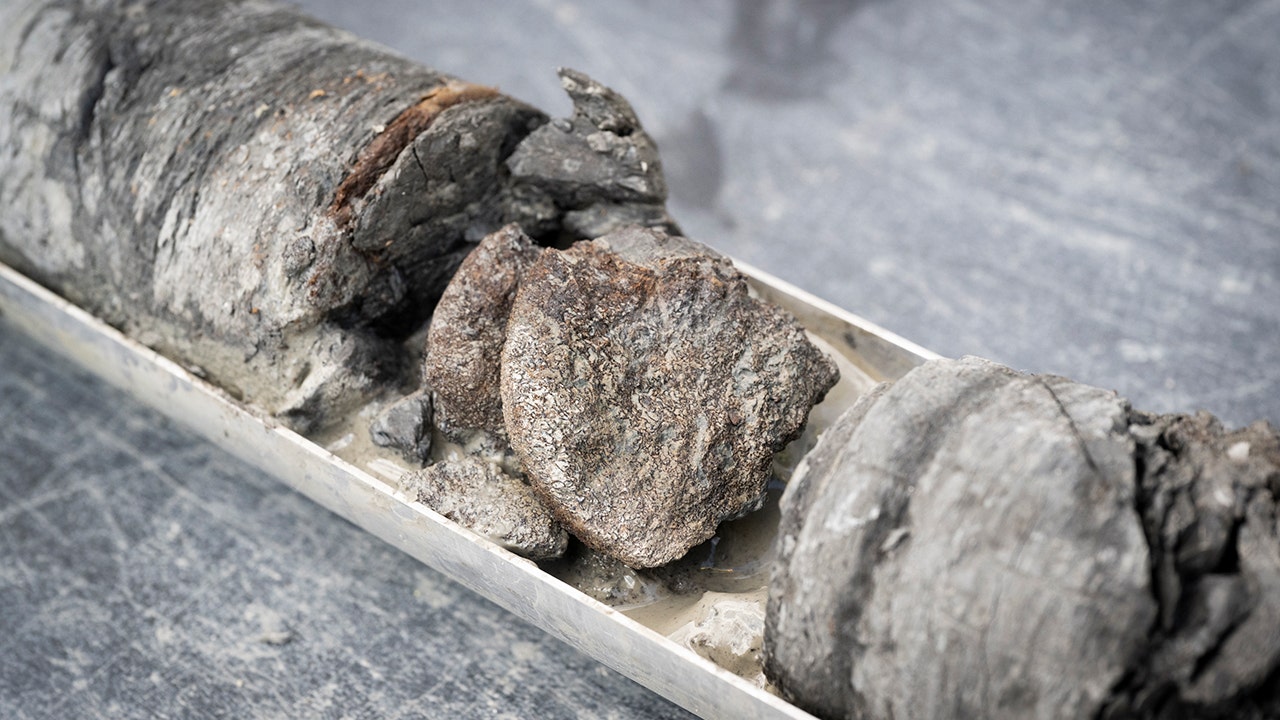Recent breakthroughs in the field of paleogenomics have reshaped our understanding of human evolution, especially the relationship between Homo sapiens and their ancient cousins, the Neanderthals. Contrary to earlier assumptions that Neanderthals and modern humans existed in separate evolutionary timelines, new research has uncovered a more intertwined history. This revelation, shedding light on the timing and nature of their interactions, challenges long-held beliefs about the development of human ancestry and highlights the complex evolutionary pathways that led to our modern genetic makeup.
The Evolutionary Puzzle: Neanderthals and Early Humans
The discovery that modern humans share a significant portion of their DNA with Neanderthals was one of the most groundbreaking moments in genetic anthropology. For years, scientists believed that Homo sapiens and Neanderthals were distinct evolutionary branches that coexisted in overlapping time periods without much interaction. However, recent genetic studies, especially the sequencing of Neanderthal genomes, have proven otherwise.
Revisiting the Neanderthal-Human Interaction Timeline
New research published by leading paleogeneticists has revealed that the interbreeding between Neanderthals and early humans likely occurred much earlier than previously thought. Early models suggested that the divergence of Homo sapiens and Neanderthals happened around 400,000 years ago, with interbreeding taking place roughly 50,000 years ago, primarily in the Near East. However, the latest findings indicate that the interaction timeline is far more complex and earlier than this. The study suggests that Neanderthal genes were interspersed into the human gene pool much earlier, possibly up to 100,000 years ago, and in more locations than initially believed.
New Genetic Evidence
Recent advancements in DNA extraction techniques have allowed scientists to recover and sequence Neanderthal DNA from fossils that are tens of thousands of years old. This has provided a clearer picture of the interactions between Neanderthals and Homo sapiens, suggesting that interbreeding was not a singular event, but rather a process that occurred over multiple waves and in various geographical locations. These findings also reveal that Neanderthal genes still persist in many populations today, particularly in non-African groups.
The Impact of Neanderthal-Derived DNA on Modern Humans
As more genetic data has been uncovered, scientists have been able to pinpoint the specific contributions that Neanderthal DNA has made to modern humans. Some of these contributions are beneficial, while others might have been detrimental.
Health Implications: Genetic Legacy of Interbreeding
Studies have shown that certain genes inherited from Neanderthals may have played a role in the immune system, providing ancient humans with protection against diseases endemic to their environments. For instance, genes related to immune response, such as those involved in fighting off pathogens like the Plasmodium parasite responsible for malaria, were likely passed down from Neanderthals and have been beneficial in certain regions.
- Immune System Adaptations: Neanderthal genes related to immune responses have been linked to resistance against a variety of infections.
- Skin and Hair Features: Genetic traits affecting skin pigmentation and hair texture in humans may also trace back to Neanderthal ancestry.
- Heightened Risk of Disease: On the other hand, some Neanderthal-derived genes have been associated with higher susceptibility to conditions like type 2 diabetes, depression, and even autoimmune diseases.
Neanderthal Genetic Legacy in Modern Populations
The genetic influence of Neanderthals varies significantly across different human populations. People of European and Asian descent, for example, carry between 1% and 2% of Neanderthal DNA in their genomes, while those of Sub-Saharan African descent generally have little to no Neanderthal ancestry. This difference is largely due to the fact that the gene flow between Homo sapiens and Neanderthals occurred predominantly in areas where Neanderthals were already established in Europe and Asia.
Interestingly, recent studies suggest that the Neanderthal genetic legacy may also be reflected in aspects of behavior and cognitive function. Some research points to potential links between Neanderthal DNA and traits like risk-taking behaviors, which could have had evolutionary advantages in terms of survival and reproduction.
Debunking the Myth of Neanderthal Extinction
For much of the 20th century, Neanderthals were portrayed as an evolutionary dead-end, their extinction attributed to their inability to adapt to changing environments or to compete with the more “advanced” Homo sapiens. However, the discovery of Neanderthal genes in modern humans challenges this simplistic narrative.
Neanderthals as a Genetic Ancestor
The idea that Neanderthals were wiped out by Homo sapiens has been increasingly questioned in light of these new findings. Rather than completely disappearing, Neanderthals may have assimilated into the Homo sapiens population, leaving behind a genetic legacy that persists today. This blending of genes suggests that Neanderthals did not simply vanish but became part of the broader human evolutionary tree.
As a result, the distinction between Homo sapiens and Neanderthals is becoming more blurred. The two species may not have been as distinct as once thought. Instead, they might have been part of a continuum of hominin species that exchanged genes, shared cultural practices, and, over time, gave rise to the modern human population we recognize today.
Broader Implications: Rewriting the Human Story
The new findings on Neanderthal-human interbreeding have far-reaching implications for our understanding of human history. This revelation underscores the complex, non-linear nature of human evolution, where different hominin species intermingled and influenced each other in ways that were not previously understood.
Reevaluating Human Evolutionary Models
One of the key consequences of this research is the need to reevaluate existing models of human evolution. The notion of Homo sapiens as a “lone survivor” among a multitude of hominin species has been upended. Instead, our evolutionary story is one of interaction, migration, and adaptation.
Additionally, the increased genetic diversity that arose from interbreeding with Neanderthals may have played a critical role in the success of Homo sapiens. By inheriting advantageous traits from Neanderthals, early humans were able to better adapt to a wide range of environments, from the icy tundras of Europe to the arid plains of Africa.
The Role of Neanderthals in Our Identity
As more evidence of our shared history with Neanderthals emerges, it may prompt a reevaluation of how we view these ancient relatives. No longer seen as mere evolutionary “cousins,” Neanderthals are now recognized as integral contributors to the genetic and cultural mosaic of humanity. Their influence, far from being a footnote in history, forms a core part of our ancestral identity.
The realization that Neanderthals were not so different from us may lead to a shift in how we perceive human uniqueness. Rather than emphasizing the distinctions between Homo sapiens and other hominins, the focus may now be on the shared traits and experiences that bind us all together in the larger narrative of human evolution.
Conclusion: A More Complex, Unified Evolutionary Story
In conclusion, the groundbreaking research on Neanderthal-human interbreeding has provided a more nuanced view of our evolutionary history. Far from being isolated species, Homo sapiens and Neanderthals interacted, intermingled, and contributed to the genetic pool that makes up modern human diversity. The timeline of human evolution is no longer a straightforward linear progression but a tapestry of interwoven interactions between different hominin species. As more discoveries unfold, we are bound to uncover even deeper insights into the shared legacy of Neanderthals and humans, reshaping our understanding of what it means to be human.
For further exploration of the latest findings in human genetics, check out Science Daily.
See more TED Talks World



